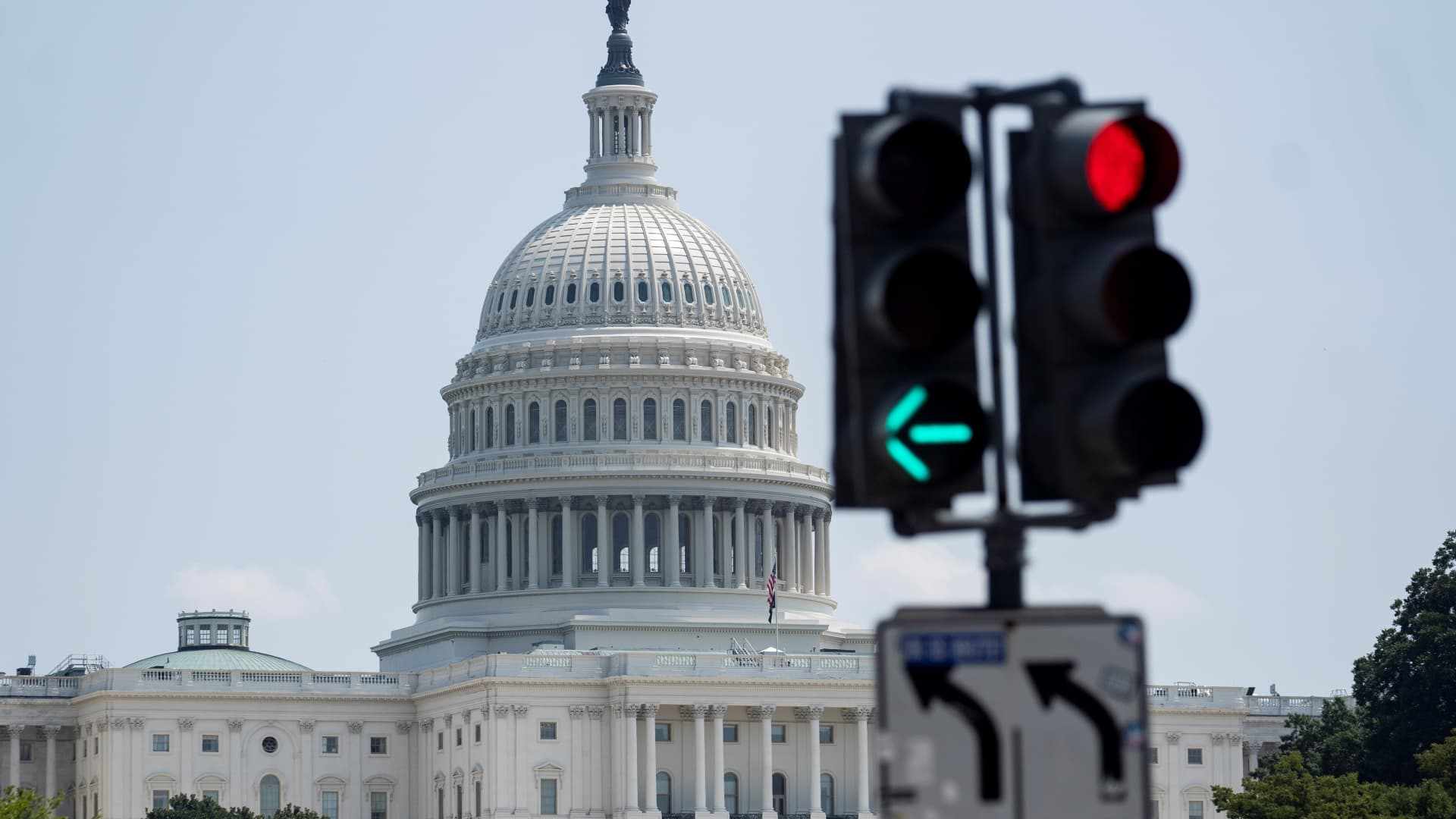The eurozone’s unusual policy playbook
- Date: 01-Jun-2022
- Source: Gulf Times
- Sector:Financial Markets
- Country:Gulf
The eurozone’s unusual policy playbook
By Jean Pisani-Ferry/ Paris
The economic situation in Europe is truly disconcerting. Annual inflation in the eurozone has reached a record-high 7.4%, yet banks still lend to each other at negative rates. In April, year-on-year inflation in Estonia was a hair’s breadth shy of 20%, but only 5.4% in Malta. Public debt as a share of GDP is at unprecedented levels, yet German bond yields remain significantly below their long-term average, and spreads, though rising, are still contained. Across the continent, leading economic indicators are conveying confusing messages.
Governments and central bankers have been caught off guard by the sudden transition from a deflationary to an inflationary environment. The same policymakers who in September warned that deflation was at least as threatening as inflation now claim that we have entered an era of structural inflation.
The European Central Bank speaks of “normalisation,” as if repeating that mantra could convey some sense of control, temper inflation expectations, and calm the financial markets. But little is normal.
There are three reasons for this confusion. The first is that we have suddenly entered a new world. For at least the past 15 years, price stability and output stabilisation had been nearly one and























